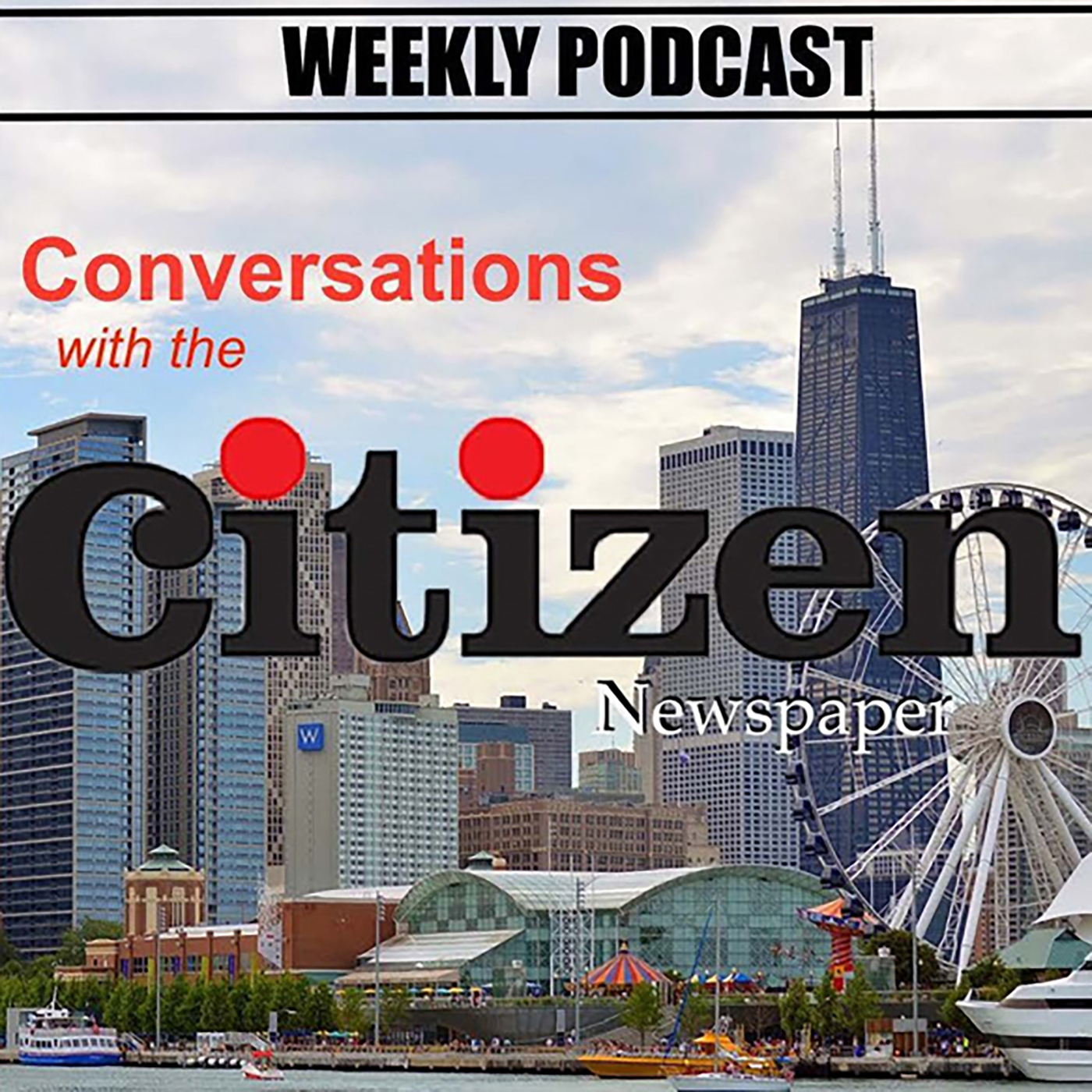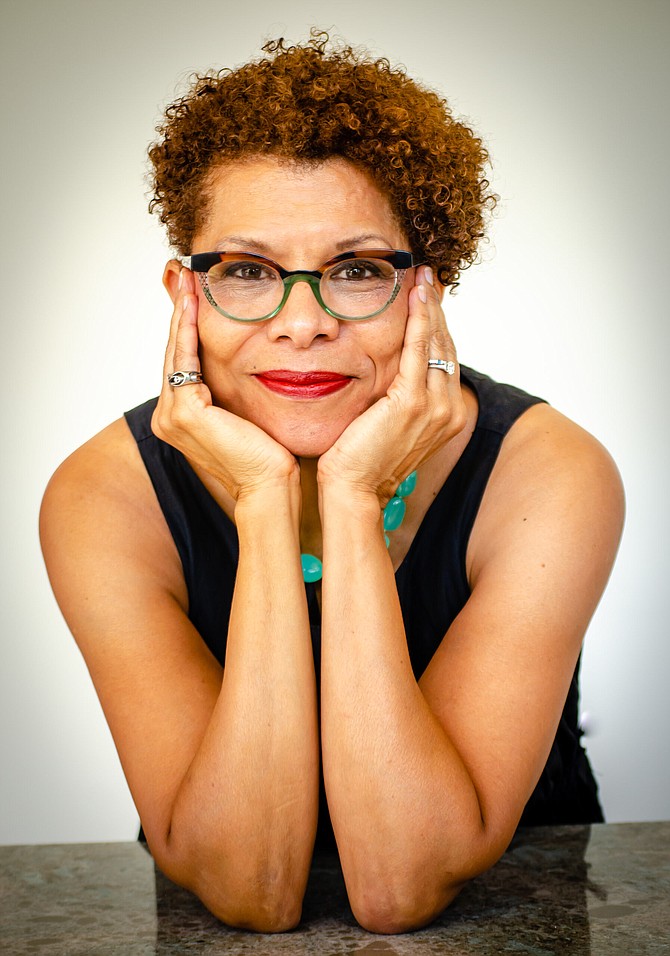Book details residential caste and ways to abolish it
By Tia Carol Jones
Dr. Sheryll Cashin’s book, “White Space, Black Hood: Opportunity Hoarding and Segregation in the Age of Inequality,” explores America’s residential caste system.
Through her career, Cashin wondered why there were communities with great abundance, with the best of everything, and communities of great need, where people seemed trapped and subjugated. The book is the culmination of two decades of grappling with that issue.
Cashin has been a law professor for 25 years and most of her academic career has been focused on residential segregation and the consequences of it. Cashin also worked in the Clinton White House Administration and delved into policies designed to help distressed urban and rural communities.
Cashin believes that you cannot understand persistent racial inequality and economic inequality without understanding the role of geography. Without understanding the role of geography, racial and economic inequality cannot be dismantled or ended.
“I wanted to write a book that educated leaders about the neutrality of geography. Until we understand it, and then dismantle it, we’re going to be having more of the same problems over and over again,” she said.
Cashin used the example of the Isabel Wilkerson book “Caste,” which discusses caste systems to explain there also is a caste system that is at the intersection of where a person lives, their race, and their socioeconomic status.
Cashin defines a residential caste system as one where government overinvests and excludes in affluent White space and disinvests and contains and preys upon people in high poverty Black space. Cashin believes neighborhoods have become more segregated in the last 20 years than before.
“If you win the neighborhood lottery and can buy your way into affluent White space, you rise easily. It’s like riding the up escalator. You rise easily on the benefits of golden schools and infrastructure, networks that naturally lead to jobs and opportunities, very little pollution, you can breathe free … Affordable produce in the grocery store,” she said. “At the other extreme, if you’re in the hood, it’s like riding the down escalator, there’s almost no social mobility. In fact, it’s designed to contain you and keep you there. It’s the exact opposite. It’s hard to get to work, no public transportation, you’re in a police state, where you’re heavily policed. It’s a food desert, very few jobs, separate and unequal schools. It’s very little social mobility for poor children in those neighborhoods.”
Cashin said that zoning is one of the main laws that contribute to the residential caste system in America. Specifically, exclusionary zoning, which in many cities in the country, it is illegal to build anything other than a detached single-family home on as much as 75% of the land. This residential order that has been created is designed only for people who can afford a single-family detached house, and in affluent spaces, a very large single-family home. That is how people are kept out.
Cashin said exclusionary zoning is animated by anti-Blackness. She also brought up redlining, the discriminatory practice of denying loans to Black people based on the racial makeup of their neighborhoods, and restrictive covenants. Redlining also kept Black people out of federally subsidized mortgages and contributed to a major wealth gap between Black people and white people.
Cashin said looking at where interstate highways are laid, they tend to be located where Black neighborhoods once were. It resulted in trauma of displacement for Black people. This led to historically disinvested Black neighborhoods.
There are three current anti-Black processes that maintain residential caste: Boundary maintenance, opportunity hoarding and surveillance of Black bodies. Cashin contends it is not just police killing unarmed Black people, it is also non-Black people appointing themselves to police Black bodies.
“The way forward is clear, you just need to reverse or abolish those practices. Inclusionary zoning instead of exclusionary zoning, zoning for all kinds of different housing, where every community has its fair share of affordable housing,” she said.
Cashin said racial equity in spending, rather than opportunity hoarding. She uses the examples of Baltimore, the Twin Cities and Seattle as cities that have adopted formal policies of racial equity in budgeting. These cities pay attention to the numbers and make sure historically defunded neighborhoods are getting their fair share.
Cashin added the first step to abolishing the residential caste system is changing the nature of the relationship between the state and Black neighborhoods, from punitive to caring, changing the lens from presumed thug to presumed citizen. It means seeing those people, especially in high poverty neighborhoods, as potential assets, as citizens, who have things to contribute to society if given the chance.
“Once you change that lens it frees you up to focus on evidence-based strategies that have been shown to work to make things better and actually can cost less than mass incarceration and excessive policing. That’s the one area where we overspend, in mass incarceration and excessive policing, and it’s not making things better, it’s making things worse,” she said.
Cashin hopes people read the book and understand the processes of residential caste system and a way forward that is possible.
To purchase the book, visit tinyurl.com/8pebzz82.

